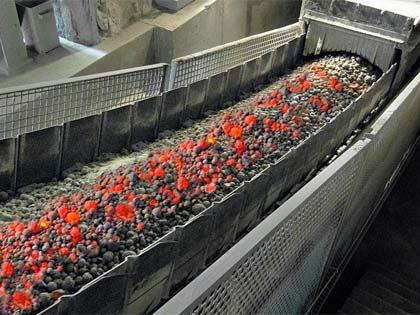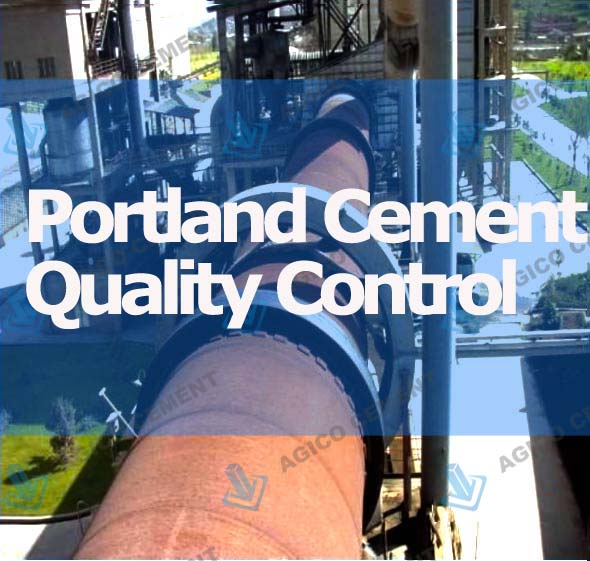How is Portland Cement Made in Cement Manufacture Factory
What is Portland Cement
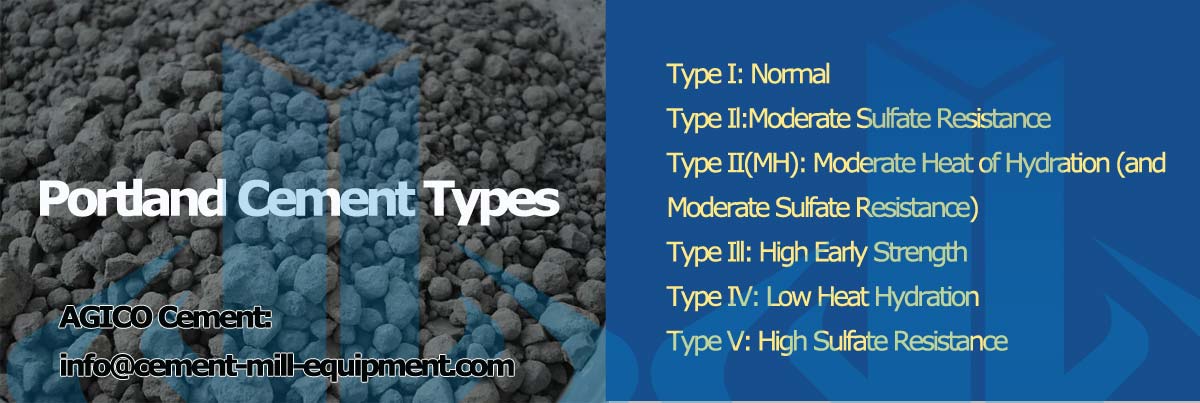
Portland cement is made from Portland cement clinker, 0-5% limestone or granulated blast furnace slag, and an appropriate amount of gypsum ground Hydraulic cementitious materials. It can be classified into 2 major types: Type I: No mixed materials are added. P.I. Type II: mixed with <5% limestone or granulated blast furnace slag. It has the following exellent characteristics for construction project:
- Fast hardening and high strength.
- It has strong frost and corrosion resistance and is not easily affected by external factors.
- Low carbon emissions and environmentally friendly.
Application Scope of Portland Cement Production
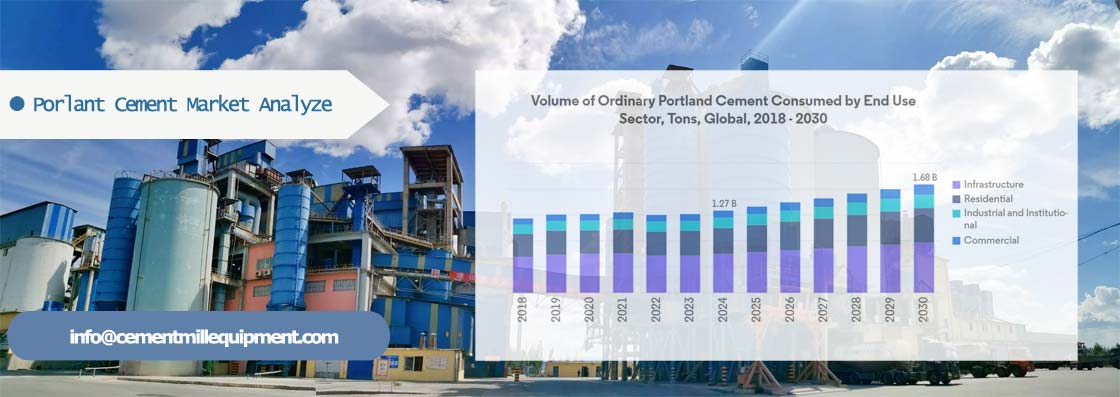
- Underground Engineering: Portland cement can cope with moisture, erosion, and other problems that may occur in underground engineering.
- High-rise Buildings: It has the advantages of earthquake resistance and durability, which make it suitable for high-rise building construction.
- Corrosion-resistant Industries: Portland cement is very suitable for corrosive environments, such as industrial production, chemical industry, and other fields.
Here AGICO will guide you through the main process of Portland Cement Manufacture in cement factory, including the main equipment used in quarrying and crushing, raw material storage, grinding and blending (in the dry process only), clinker production, finish grinding, and packaging and loading.
Portland Cement Production Process
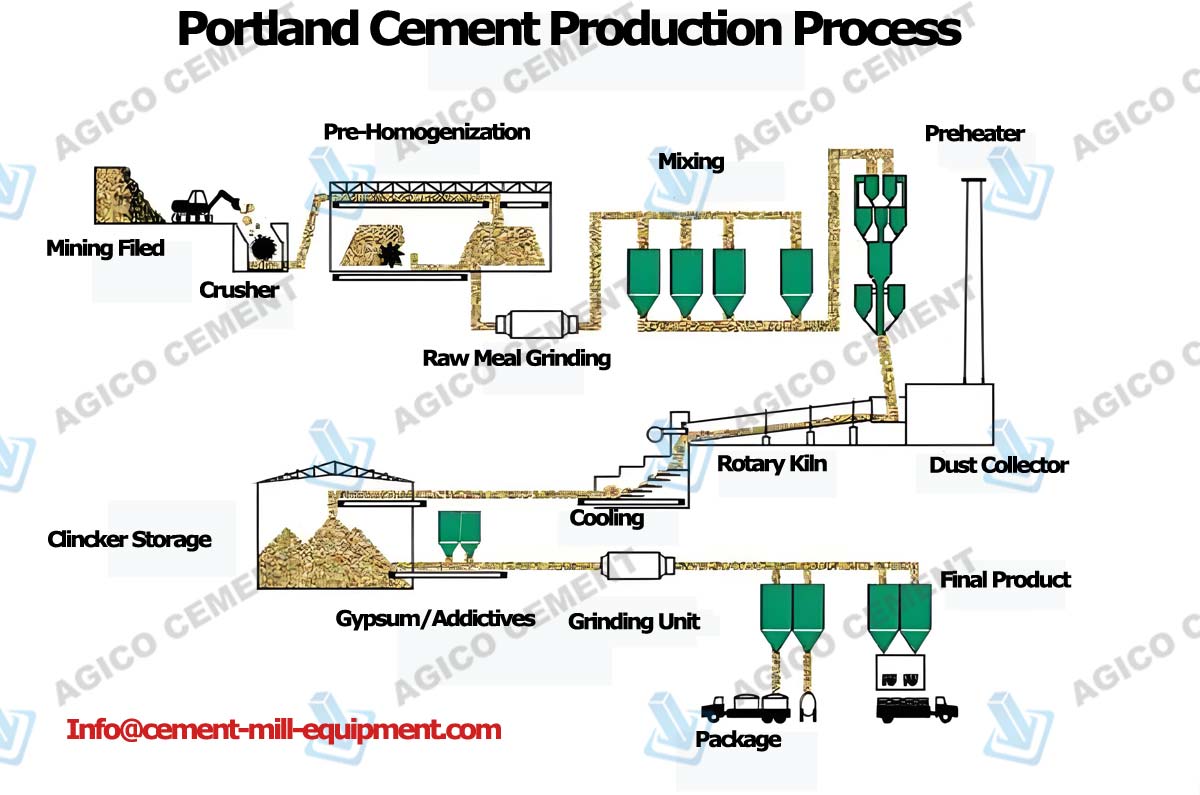
- Crushing and Pre-Homogenization: Detailed explanation of the initial crushing and pre-homogenization of raw materials.
- Raw Material Preparation: How raw materials are ground and mixed to form raw meals.
- Preheating and Calcination: Process of preheating the raw meal and calcination in the preheater tower.
- Clinker Formation: The critical phase of clinker formation in the rotary kiln.
- Clinker Cooling: Rapid cooling of clinker and its importance.
- Final Grinding: How clinker is ground with gypsum to produce Portland cement.
Raw Material Preparation-Limestone, Clay, And Iron Ore
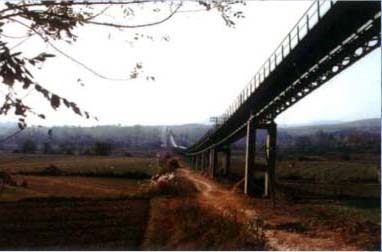
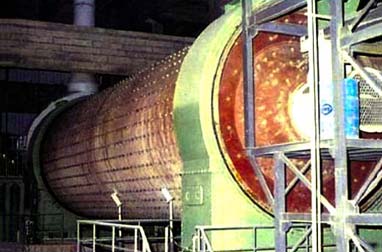
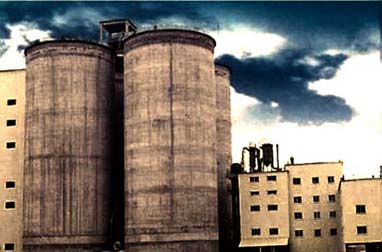
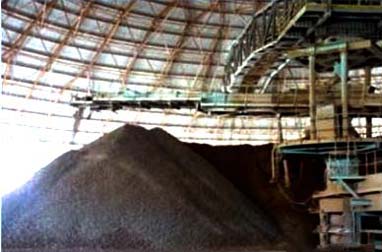
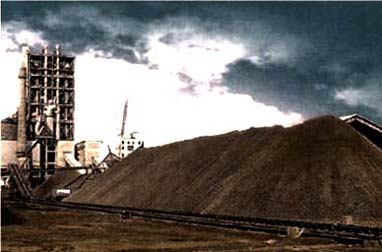
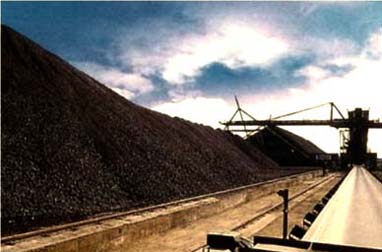
The main raw materials for Portland cement production are limestone, clay, and iron ore powder, after being collected from mining fields, they are further ground and mixed in specific proportions to form raw meal. This raw meal is then heated to about 1450 degrees to produce clinker. After the cooling process, the clinker is blended with gypsum for the grinding process for finely ground cement powder. In the case of mixed materials such as slag cement, pozzolanic Portland cement, and fly ash Portland cement, additional active or inactive materials are added to the basic components of limestone, clay, and iron ore powder to achieve specific effects.
- The specialized White Cement, which is produced from pure kaolin, pure quartz sand, and pure limestone. White cement, commonly used in decorative projects, is obtained by calcining clinker at an appropriate temperature and then mixing it with 5% gypsum.
Main Equipment for Portland Cement Making
Raw Material Crushing
Limestone is the largest raw material used in the production of cement. After mining, the particle size is larger and the hardness is higher. Therefore, limestone is the largest raw material used in cement production. After mining, the particle size is larger and the hardness is higher. Therefore, the crushing of limestone occupies a large percentage of power consumption in the raw material crushing.
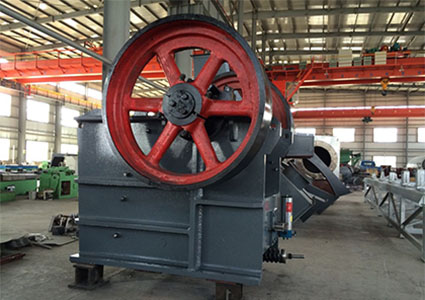
Jaw Crushers: primary crushing of raw materials
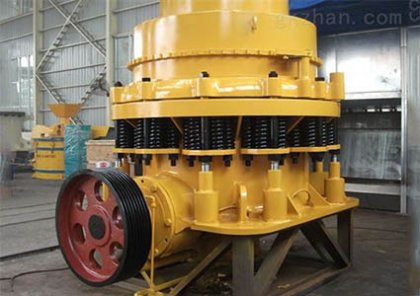
Cone Crushers: secondary or tertiary crushing, providing a more controlled reduction of material size.
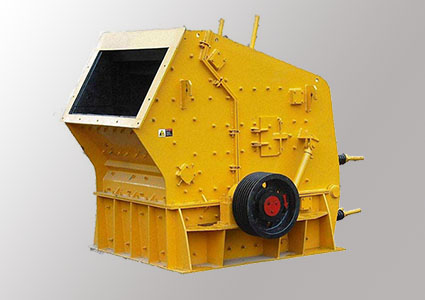
Impact Crushers: secondary crushing, utilizing impact force to break materials into finer particles.

Hammer Crushers: primary and secondary crushing, using hammers to crush and pulverize materials.
Raw Meal Grinding and Homogenization
In cement production, 1 ton of Portland cement production would consume at least 3 tons of various raw materials, such as clinkers, mixtures, and gypsum. According to statistics, the power required for the grinding operation in dry cement production lines accounts for more than 60% of the whole cement plant's power. Specifically, raw material grinding accounts for more than 30%, coal grinding accounts for about 3%, and cement grinding accounts for about 40%.
After Clinker and other raw materials being grinded into fine particles, it is ready for pre-homogenization process, this process is to use scientific stacking and retrieval technology to achieve preliminary homogenization of raw materials during the storage and retrieval process of raw materials, so that the raw material yard has the functions of storage and homogenization at the same time.
Clinker Calcination
The preheating process involves both preheating and partially decomposing the raw material. This helps to reduce the load on the calcination process, reducing equipment investment on the rotary kiln. The heated gas and material exchange heat in the preheater. The raw material is suspended internally, allowing it to mix thoroughly with the hot air from the rotary kiln. This preheating process improves the heat exchange efficiency, as well as the production efficiency of the cement rotary kiln system, and the rate of heat loss during clinker firing decreases.
In the rotary kiln, the carbonate quickly decomposes, and a series of solid phase reactions occur. As the temperature of the material reaches approximately, the raw meals will turn into a liquid phase. The clinker dissolved in the liquid phase will react to produce a large amount of clinker. Once the clinker is incinerated, the cooling process will start. The cement clinker cooler cools the high-temperature discharged clinker to a temperature suitable for downstream transportation, storage, and cement mills. Simultaneously, the sensible heat of the high-temperature clinker is recycled to enhance the thermal efficiency of the cement plant and improve clinker quality.
Cement Grinding
Cement grinding is the last step in cement manufacturing, it is also the most energy-consuming process. Cement clinker is ground (along with gelling agents, performance-adjusting materials, etc.) to the appropriate particle size (measured in terms of fineness, specific surface area, etc.) to establish a specific particle distribution and increase its hydration area. This process accelerates the hydration rate and ensures cement paste meets the setting and hardening requirements. AGICO CEMENT is going to help customers with the production of Portland cement around the world, contact us now for professional help from our engineers.
Quality Control in Portland Cement Production
Quality control of Portland cement shall be monitored at each step of the production process, from the mining, crushing to sintering and cement grinding.
-
Raw material testing
To ensure the quality of Portland cement products, we must first ensure the quality of raw materials, which include limestone, clay, coal, etc. Raw materials shall be screened strictly by national standards, and the purchased raw materials should be tested for chemical composition, physical properties, mineral composition, etc.
-
Production process control
The production process control is one of the key factors affecting the quality of cement products. During the production process, the process should be strictly followed and the key links in the production process should be mastered. Specifically, we can take the following measures:
- Control the firing temperature and time. Mastering the control of firing temperature and time can effectively control coal consumption and ensure product quality.
- Control the cooling temperature. Cooling temperatures that are too high or too low will affect product quality and should be reasonably controlled based on actual conditions.
- Strictly control the proportion of ingredients. Ensuring a reasonable proportion of raw materials is crucial to product quality assurance.
-
The Final Product of Portland Cement Quality Standards:
- Make a chemical composition analysis of the elements: SiO2, Al2O3, Fe2O3, CaO, etc.
- Test important physical performances of cement product: compressive strength, setting time, heat generation, and other important indicators
- Assess whether the uniformity, color and other visual aspects of Portland cement can meet the specified requirements.


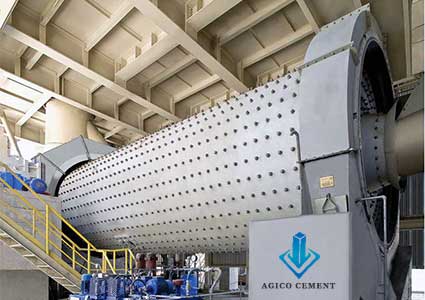

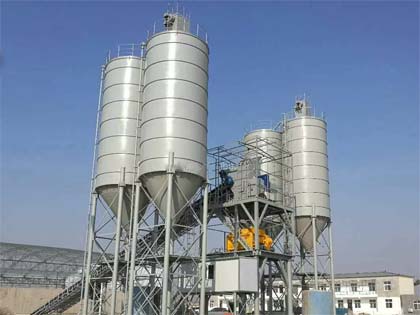 Blending Silos
Blending Silos

